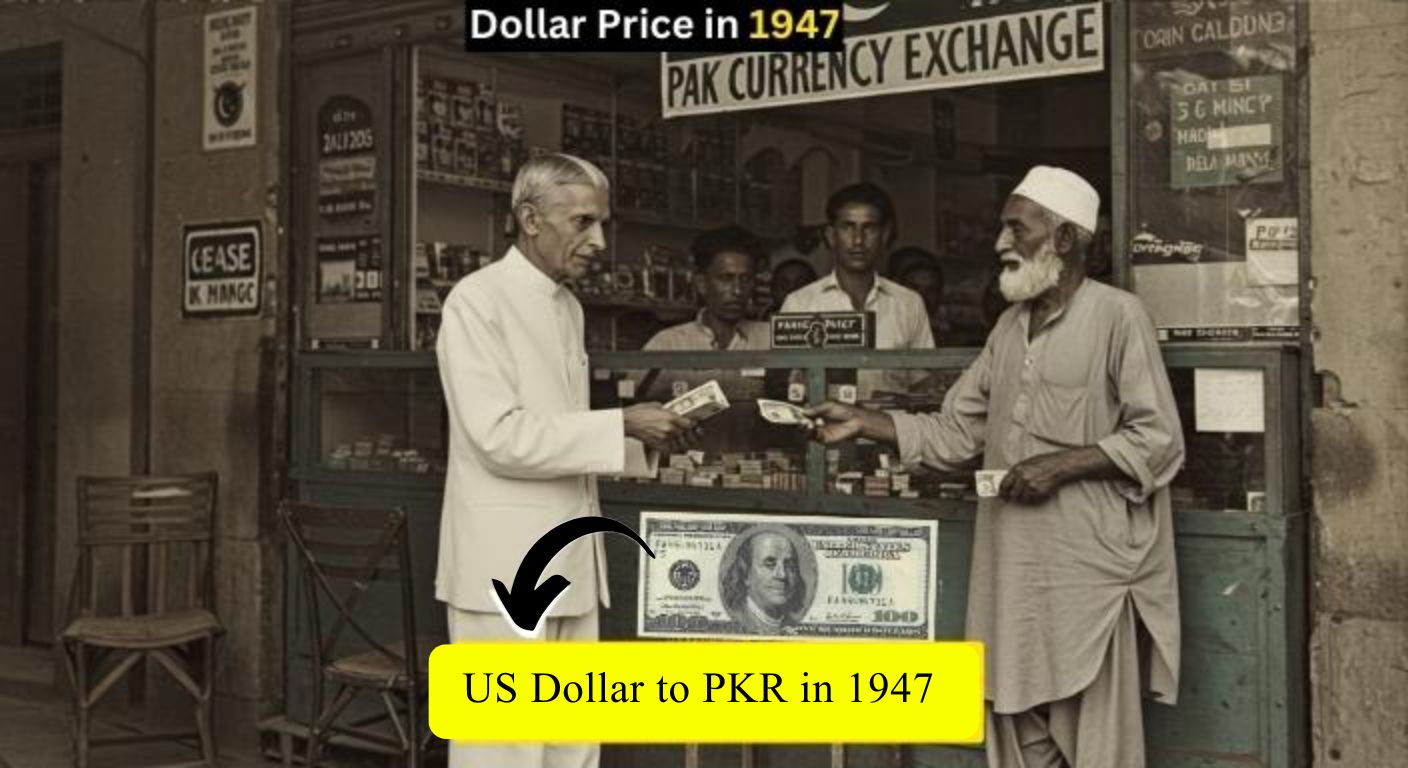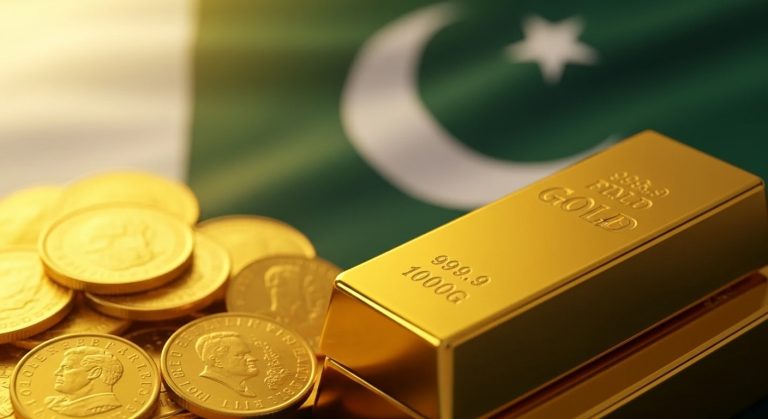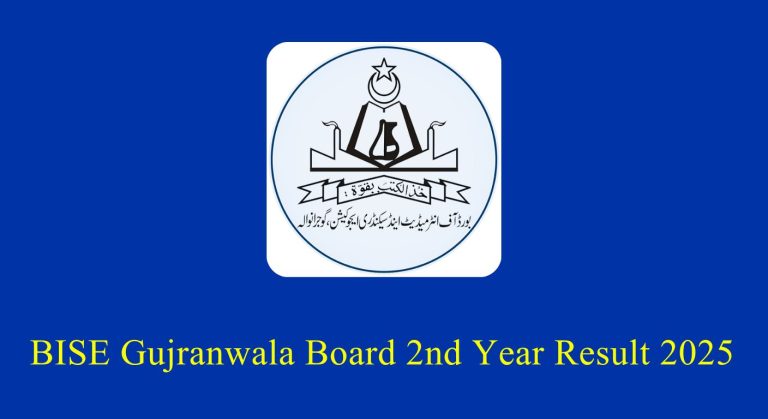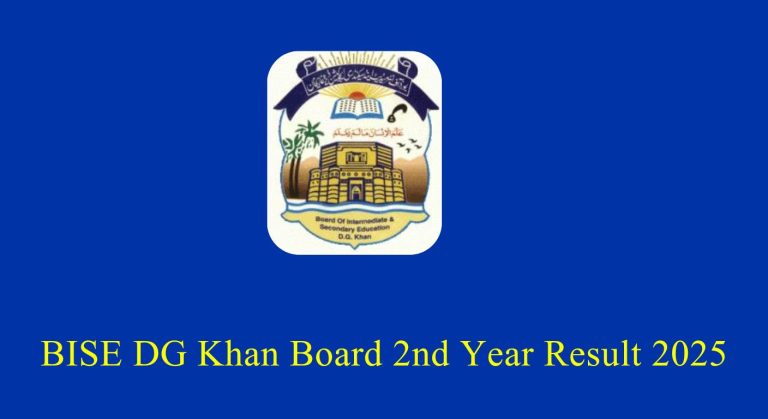1 USD to PKR in 1947 – Pakistan Dollar Rate History

Today, 1 US dollar equals around PKR 283.35, but just after independence in 1947, the dollar was worth only PKR 3.31. This huge change over almost 80 years tells the story of Pakistan’s economy, currency policies, and global financial pressures. Understanding this journey helps explain why the dollar still plays such a big role in Pakistan’s financial system today.
Dollar to PKR Exchange Rate History (1947 – 2025)
| Year | Rate (1 USD = PKR) | Key Point |
|---|---|---|
| 1947 | 3.31 | Independence; rupee linked to British pound |
| 1955 | 4.76 | First devaluation to support exports |
| 1966 | 4.76 | The rate stayed stable despite challenges |
| 1972 | 9.90 | After Bangladesh’s separation, the rupee floated |
| 1982 | 12.85 | Shift to a managed float system |
| 1990 | 21.71 | Economic reforms and market liberalization |
| 2000 | 51.90 | Political issues and global sanctions |
| 2008 | 70.65 | Global financial crisis impact |
| 2009 | 83.50 | Sharp devaluation due to economic strain |
| 2018 | 138.00 | IMF bailout and currency depreciation |
| 2020 | 160.10 | COVID-19 pandemic hits the economy |
| 2023 | 286.58 | Record high during political & economic crisis |
| 2025 | 283.35 | Current rate, slightly down from last week |
Why the Dollar Rate Was Important in 1947
At independence, Pakistan started with very limited financial resources but a stable currency. The rupee was linked to the British pound, and because of the Bretton Woods system, the dollar was tied to gold. This connection gave Pakistan a stable exchange rate of 1 USD = 3.31 PKR.
- Debt-Free Start: Unlike today, Pakistan had almost no external debt.
- Limited Role of the Dollar: Most trade was in rupees or pounds; the dollar was used mainly for imports like machinery and for foreign aid.
- Stable Global System: The dollar’s value was steady worldwide because it was backed by gold.
This stable beginning gave Pakistan confidence, but it didn’t last long.
First Major Changes (1950s – 1970s)
By the mid-1950s, Pakistan needed foreign loans and aid to support its growing economy. This led to the first devaluation in 1955, when the rate rose to 1 USD = 4.76 PKR.
- 1960s: Despite political challenges, the rate stayed stable at 4.76 PKR.
- 1972: After the separation of East Pakistan (now Bangladesh), the rupee was floated and quickly fell to 9.90 PKR per dollar.
This was a turning point—Pakistan’s economy became more exposed to international markets.
From Stability to Rapid Devaluation (1980s – 2000s)
- 1982: Pakistan shifted to a managed float system, where the rupee’s value was partly decided by the market. The dollar rose to 12.85 PKR.
- 1990s: Economic reforms, liberalization, and rising imports pushed the rate to 21.71 PKR by 1990.
- 2000s: Political instability, sanctions, and global events worsened the situation. By 2000, the rate had jumped to 51.90 PKR.
This period showed how sensitive Pakistan’s currency was to both domestic policies and global events.
Crisis Years (2008 – 2023)
- 2008: The global financial crisis pushed the dollar to 70.65 PKR.
- 2009: Further pressure devalued the rupee to 83.50 PKR.
- 2018: An IMF bailout and rising debt weakened the currency to 138 PKR.
- 2020: During COVID-19, the rate touched 160.10 PKR.
- 2023: Political instability and economic crisis drove the dollar to a record 286.58 PKR.
During these years, rising imports, high inflation, and dependency on loans made the dollar stronger against the rupee.
Today’s Situation (2025)
In 2025, the exchange rate stands at around 283.35 PKR per USD. This is slightly lower than 2023 but still very high compared to the early decades. Today, Pakistan depends heavily on remittances from overseas Pakistanis, which bring in over $30 billion each year. At the same time, inflation remains near 9%, keeping pressure on the rupee.
What This Journey Means
From 3.31 PKR in 1947 to over 283 PKR in 2025, the dollar’s rise tells a clear story:
- Economic Dependence: Pakistan relies heavily on imports and foreign loans.
- Political Instability: Each crisis has weakened the rupee.
- Global Influence: World events like oil shocks, sanctions, and pandemics directly impact the exchange rate.
- Future Challenge: Stabilizing the rupee requires strong exports, reduced imports, and consistent policies.
Final Words
The journey of the dollar from PKR 3.31 in 1947 to PKR 283.35 in 2025 mirrors Pakistan’s economic ups and downs. While the rupee has weakened over time, the dollar has become central to trade, investment, travel, education, and savings. For ordinary people, changes in the dollar rate directly affect prices of food, fuel, and daily goods.





